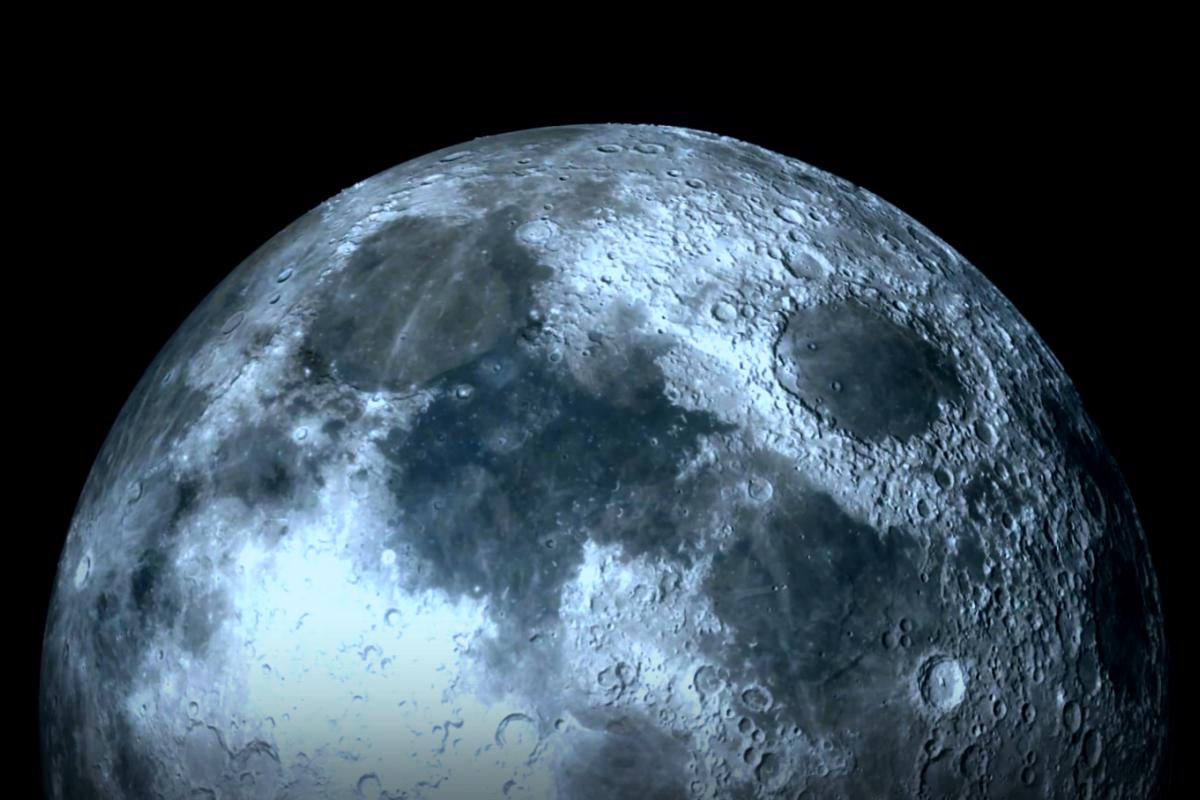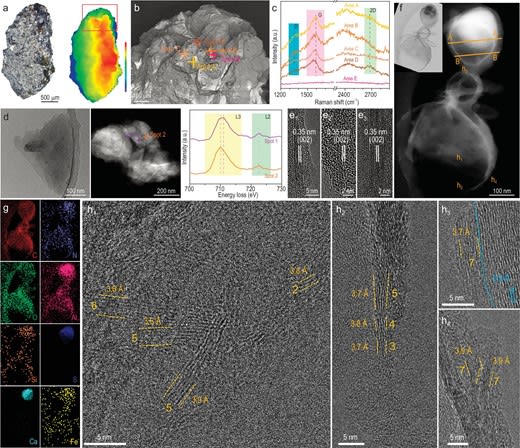Scientists diving into lunar samples have uncovered something totally unexpected: the presence of natural few-layer graphene. This form of carbon has the potential to shift our perspective on the Moon’s origins and geological journey. The findings, described in a study titled Discovery of Natural Few-Layer Graphene on the Moon, published in National Science Review, hint at exhilarating prospects for lunar exploration and utilizing resources on the Moon.
What Did They Discover in the Lunar Samples?
The esteemed Chang’e-5 mission, which retrieved lunar samples back in December 2020, has presented us with an extraordinary discovery: the very first confirmed instance of few-layer graphene found in Moon dust. Researchers utilized non-destructive chemical analysis, including Raman spectroscopy, to uncover this multilayer carbon structure consisting of 2 to 10 atomic layers. This revelation has stirred considerable excitement within the scientific community as it challenged earlier beliefs regarding the Moon’s material composition.
Could the Moon’s Formation Theories Be Changing?
For years, the prevailing theory has been the giant impact hypothesis. This model posits that the Moon formed from debris resulting from a colossal impact between Earth and a planet-sized body, similar to Mars.
The assumption here was that the Moon would be relatively carbon-deficient, with hardly any carbon-rich components. Yet, the finding of natural carbon as graphene indicates that maybe the Moon isn’t as devoid of this element as researchers believed. Some scientists now speculate the possibility of a carbon-capture process, revealing that carbon could have gradually accumulated from solar wind and volcanic activity across billions of years.
How Did Graphene Make Its Way to the Moon?
Graphene, a remarkable material prized for its incredible strength and electrical characteristics, usually enters the scene through laboratory setups here on Earth. However, in the case of the Moon, it forms naturally under extreme conditions without an atmosphere. Scientists believe that solar wind, consisting of charged particles from the Sun, impacted the Moon’s surface, interacting with iron-rich dust and sparking the formation of graphene. Additionally, volcanic activity might have generated heat that allowed for the development of thicker graphene layers in some regions.
How Scientists Are Reevaluating Lunar History
This groundbreaking discovery has the potential to shake the foundations of the giant impact hypothesis, which has long illuminated lunar science. Previously, scientists had thought that carbon would have been drained away during the intense collision that created the Moon.
Now, evidence of indigenous carbon forming on the Moon has given way to a fresh perspective: the Moon may have gradually absorbed carbon from solar winds or even from Earth’s gravitational pull over billions of years. This emerging concept pivots towards carbon accumulation, opening doors to a richer understanding of the Moon’s early geological history.
Graphene isn’t just a scientific novelty; it’s a versatile material with incredible applications such as construction, energy storage, and life support in future lunar habitats. If successfully extracted, graphene could help enhance radiation barriers, create efficient power capacitors, and even purify water. Harnessing local resources like graphene could drastically lower the cost and complexity of lunar missions.
The Dawn of Resource Utilization on the Moon?
Extracting graphene straight from the Moon would be a transformative approach for future space endeavors. Researchers are already brainstorming methods for recovering this valuable material—perhaps by employing techniques like magnetic separation to isolate iron from graphene layers. The thought of producing this material straight on the Moon opens up avenues for reduced expenses related to importing supplies from Earth.
The insights gained from the Chang’e-5 mission lay a solid groundwork for more profound comprehension of lunar geological mechanics. Moreover, these findings could significantly inform upcoming missions aimed at establishing a more sustainable human presence on the Moon.




















